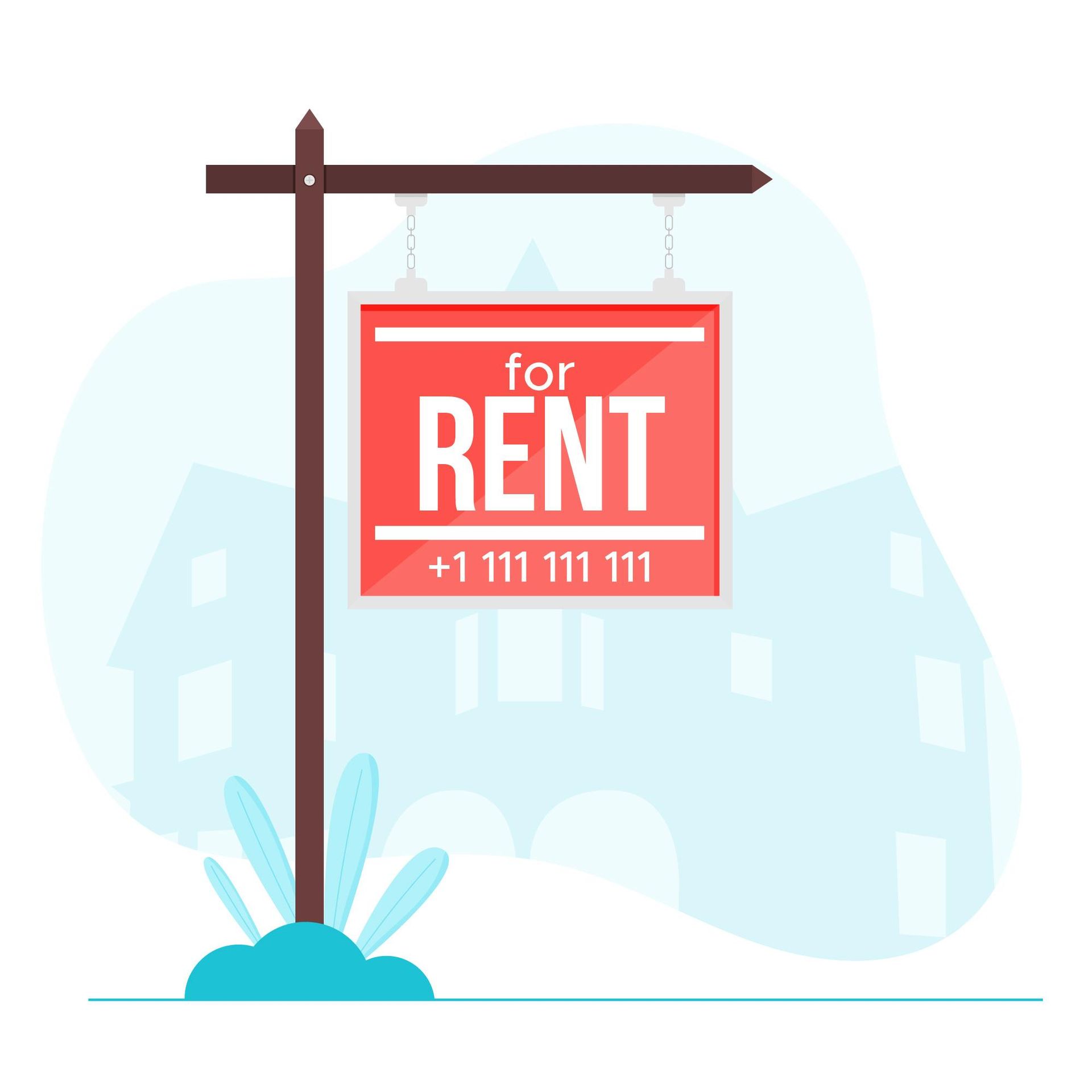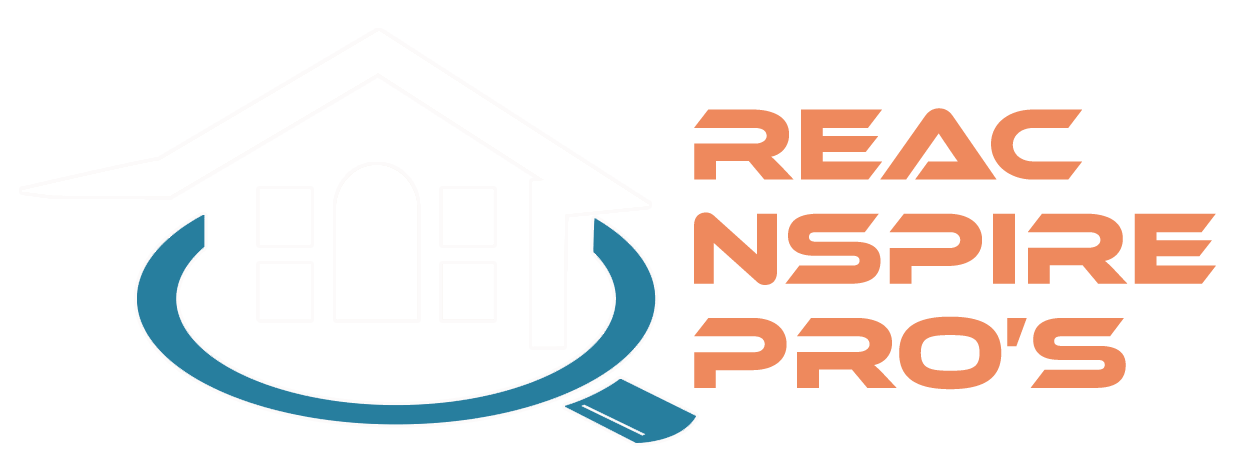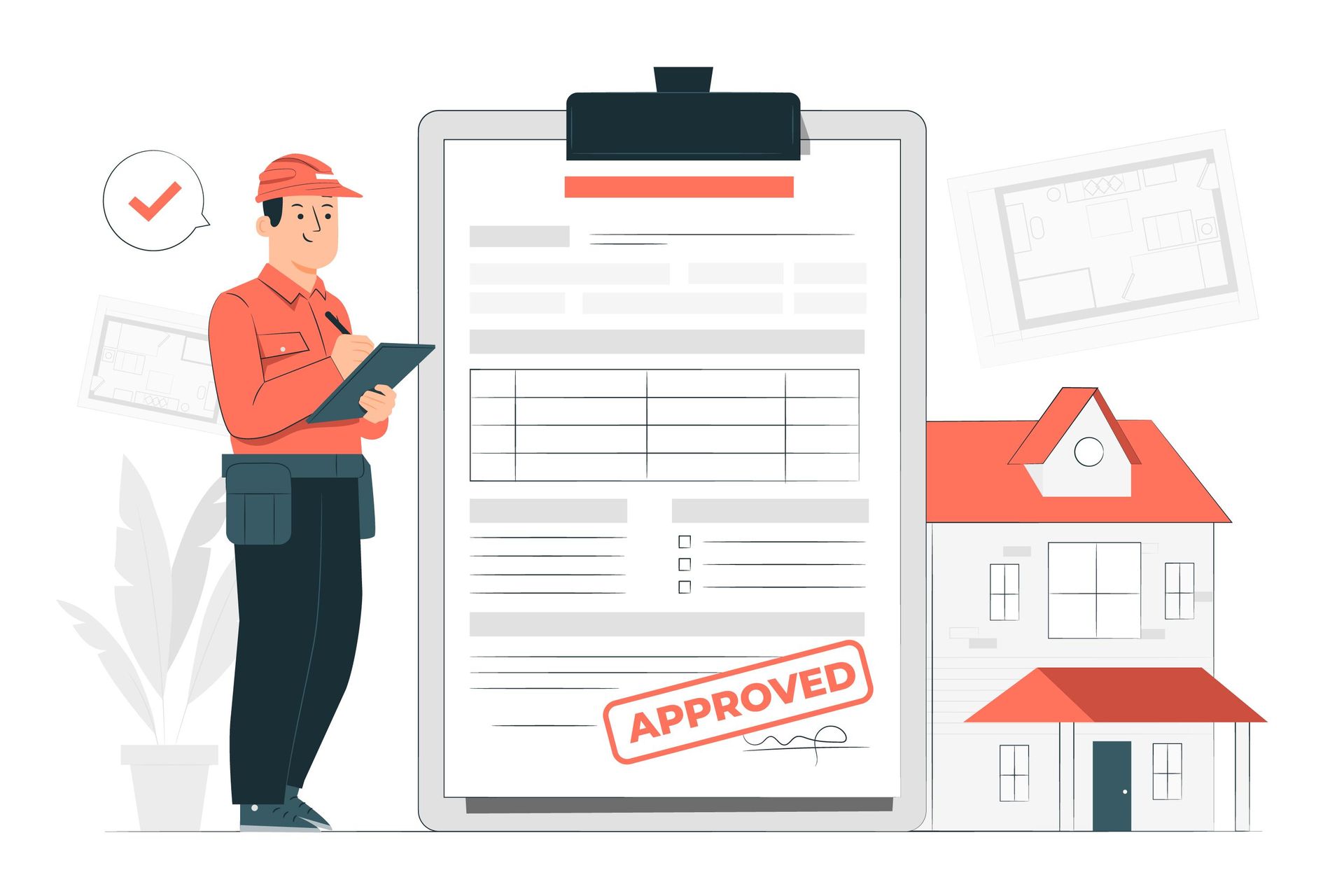How to Prepare Your Home for a REAC Inspection
How to Prepare Your Home for a REAC Inspection

Preparing for a Real Estate Assessment Center (REAC) inspection can seem daunting, but with proper planning and attention to detail, you can ensure your home is ready. REAC inspections are critical for ensuring that properties meet safety, health, and cleanliness standards. At REAC NSPIRE Pro's, we are dedicated to helping homeowners navigate this process smoothly. Here’s a comprehensive guide to preparing your home for a REAC inspection.
1. Understand the REAC Inspection Criteria
Before diving into preparation, it's essential to understand what inspectors will be looking for. REAC inspections focus on various areas, including:
- Exterior and Grounds: Inspecting the building’s exterior, including roofs, walls, and the surrounding grounds.
- Common Areas: Evaluating shared spaces such as lobbies, hallways, and stairwells.
- Building Systems: Checking heating, plumbing, electrical systems, and elevators.
- Units: Assessing individual living units for safety and habitability.
2. Conduct a Pre-Inspection Walkthrough
Perform a thorough walkthrough of your property, noting any issues that need attention. Create a checklist to ensure no area is overlooked. Pay special attention to:
- Safety Hazards: Look for tripping hazards, exposed wiring, or blocked emergency exits.
- Maintenance Needs: Identify and fix leaky faucets, broken windows, and malfunctioning smoke detectors.
- Cleanliness: Ensure all areas are clean and free of clutter, mold, and pest infestations.
3. Address Common Problem Areas
Some issues frequently arise during REAC inspections. Here’s how to address them:
- Smoke Detectors: Test all smoke detectors to ensure they are operational. Replace batteries if necessary.
- Electrical Systems: Ensure all outlets and switches function correctly and cover plates are intact.
- Plumbing: Check for leaks, proper water pressure, and ensure toilets and faucets are working.
- Windows and Doors: Verify that all windows open and close properly and are free from cracks.
- Pest Control: Address any signs of pest infestations promptly.
4. Ensure Proper Lighting
Inspectors will check that all areas are adequately lit. Replace any burnt-out bulbs and ensure all light fixtures are working. Proper lighting is crucial for safety and inspection purposes.
5. Maintain Exterior Grounds
The exterior of your property should be well-maintained. This includes:
- Landscaping: Trim bushes, mow the lawn, and remove any debris or litter.
- Walkways and Stairs: Repair any cracks or damage to walkways and stairs to prevent tripping hazards.
- Building Exterior: Ensure that the building’s exterior is in good condition, with no visible damage or graffiti.
6. Prepare Common Areas
Common areas should be safe, clean, and accessible. This involves:
- Hallways and Stairwells: Keep these areas free from obstructions and ensure handrails are secure.
- Elevators: Ensure elevators are functioning correctly and have up-to-date inspection certificates.
- Lobbies and Entrances: Maintain cleanliness and address any wear and tear.
7. Focus on Individual Units
Each unit should be inspected for compliance. Encourage residents to:
- Report Issues: Promptly report maintenance needs or safety concerns.
- Cleanliness: Maintain a clean and clutter-free living space.
- Smoke Detectors: Test smoke detectors regularly and report any malfunctions.
8. Document Your Efforts
Keep detailed records of all maintenance and repairs performed. This documentation can be invaluable during the inspection process, demonstrating your commitment to maintaining the property.
9. Stay Informed and Updated
Stay informed about any changes to REAC inspection guidelines. REAC NSPIRE Pro's can help you stay updated and provide guidance on meeting new standards.
Preparing for a REAC inspection requires attention to detail and proactive maintenance. By following these steps, you can ensure your home is in compliance and ready for inspection. At REAC NSPIRE Pro's, we are here to support you every step of the way. Contact us for professional assistance and ensure your property meets the highest standards of safety and quality.





